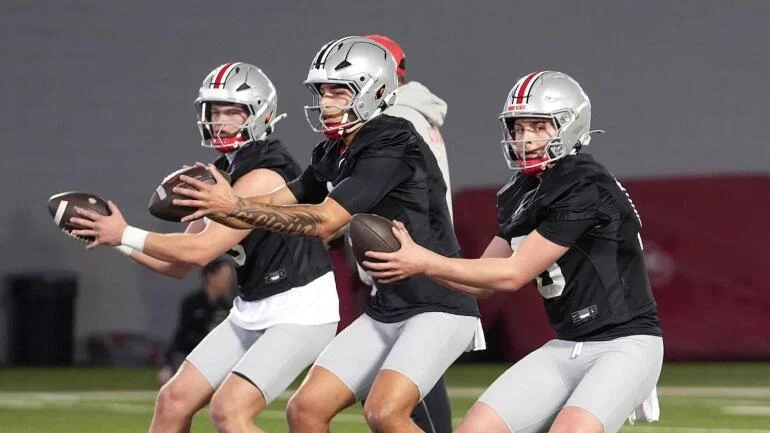In a significant policy reversal, the U.S. Department of Education under the Trump administration has rescinded the Title IX guidance issued by the Biden administration concerning Name, Image, and Likeness (NIL) compensation for college athletes. The guidance, released in the final days of the previous administration, had mandated that NIL payments be considered “athletic financial assistance” and distributed equitably between male and female athletes to comply with Title IX provisions.
Acting Assistant Secretary for Civil Rights Craig Trainor criticized the Biden-era guidance as “overly burdensome, profoundly unfair, and it goes well beyond what agency guidance is intended to achieve.” He further argued that Title IX does not specify how revenue-generating athletic programs should allocate compensation among student-athletes, stating that the claim requiring proportional distribution lacked credible legal justification .
The rescission of this guidance removes the requirement for colleges to proportionally distribute NIL compensation between male and female athletes. This change is expected to impact the distribution of funds from the House v. NCAA settlement, which could allow colleges to share approximately $20.5 million annually with athletes starting July 1, 2025. Under the previous guidance, institutions would have been required to allocate these funds equitably between genders.
Critics of the rescission, particularly those advocating for women’s sports, express concern that this decision may hinder efforts to achieve gender equity in college athletics. UCLA women’s basketball coach Cori Close remarked that the move “really feels like it’s putting women’s sports back 25 years.” The decision has reignited debates about the balance between market-driven revenue models and the principles of gender equity in sports .
While the Department of Education has not issued alternative guidance, the rescission indicates a shift towards a more flexible interpretation of Title IX concerning NIL compensation. Educational institutions will now have greater discretion in determining how to allocate NIL revenues, potentially leading to increased investments in high-revenue sports like football and men’s basketball.
This policy change marks a pivotal moment in the ongoing evolution of college athletics, where financial considerations and gender equity continue to intersect. Stakeholders across the collegiate sports landscape will be closely monitoring how this shift influences the distribution of resources and opportunities among student-athletes in the coming years



